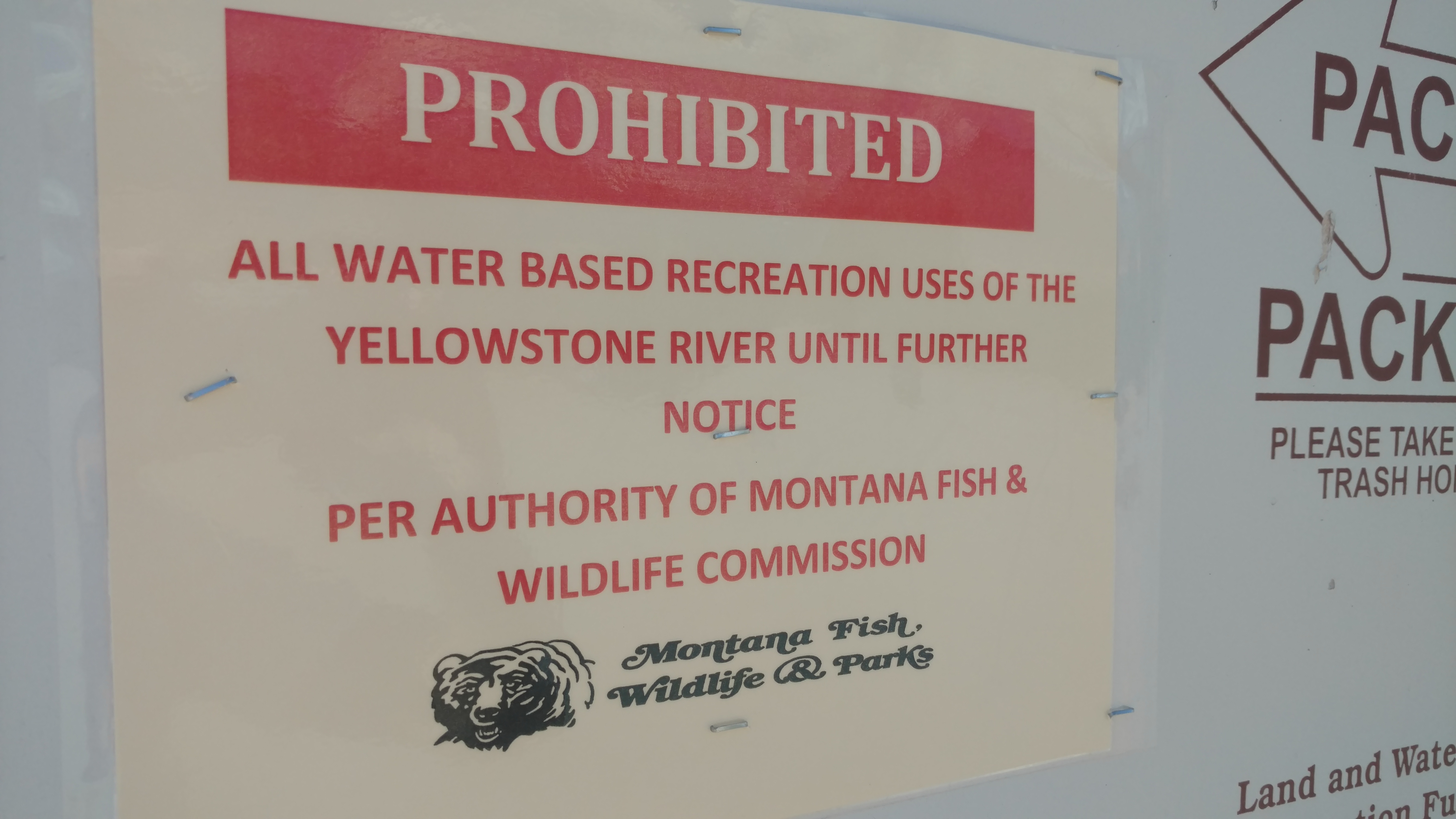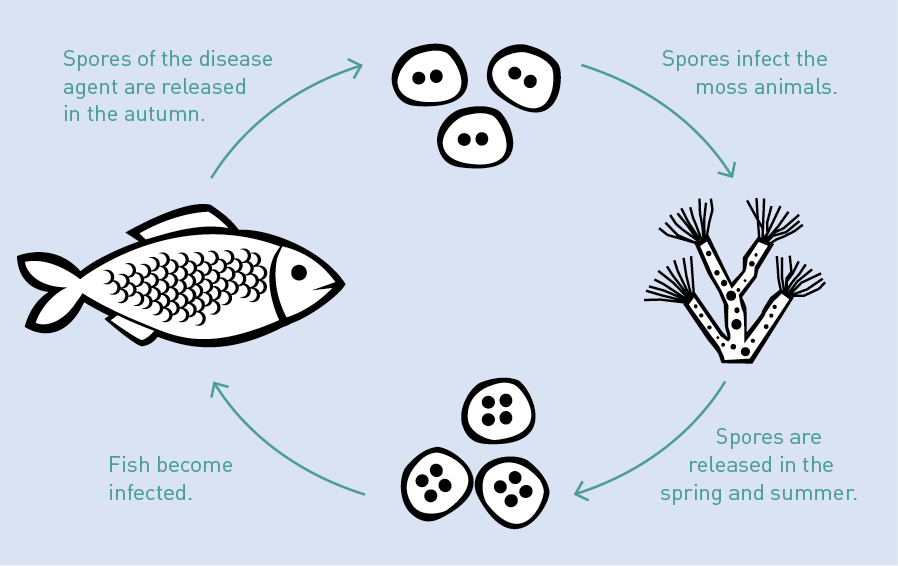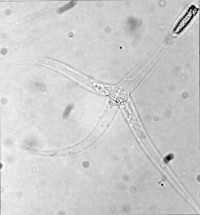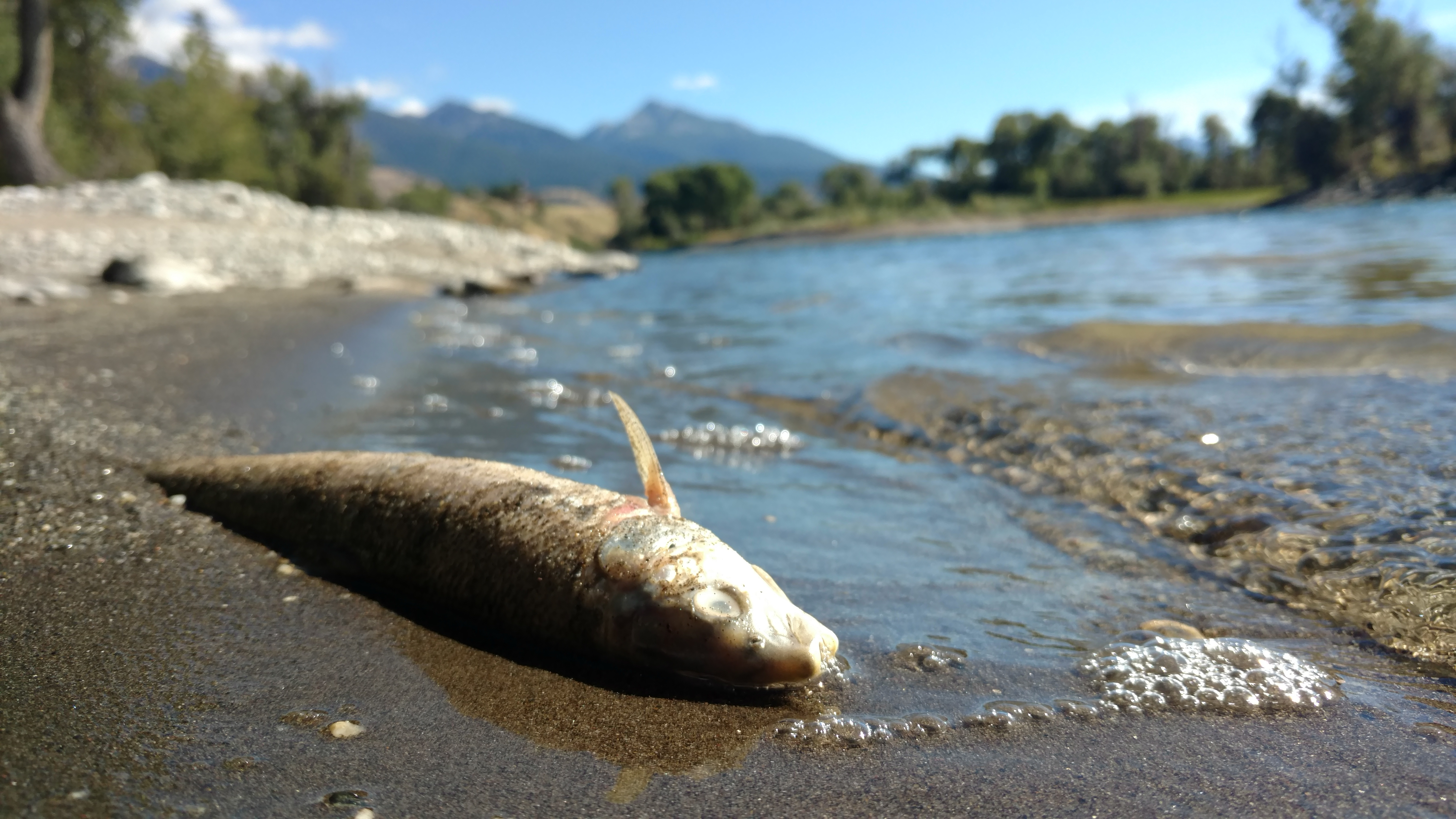KPAX.com | Continuous News | Missoula & Western Montana
183-miles of the Yellowstone River in Montana have been closed to all water-based recreation by the Montana Fish, Wildlife, and Parks Commission. This is an unprecedented action.

This closure runs from Gardiner to Laurel and also includes tributaries of the Yellowstone including the Shields River, Boulder River, and the Stillwater River.
“A threat to the health of Montana’s fish populations is a threat to Montana’s entire outdoor economy and the tens of thousands of jobs it sustains.” – Governor Steve Bullock on Friday.

What’s killing the fish? Tetracapsuloides bryosalmonae. A microscopic relative to the jellyfish that causes kidney disease in fish and has been killing fish in the Yellowstone River en masse. Tens of thousands of whitefish have already been killed by the parasite. This parasite kills 20-100% of its infected hosts.
“As they multiply [Tetracapsuloides bryosalmonae], they produce a different kind of spore, which looks like a jack or the head of a grappling hook. The worms poop these into the water, where they latch onto the skin of passing trout. Using those same polar capsules, the jack-shaped spores inject the fish with infectious amoeba-like cells that crawl through their bodies. When the cells reach spinal cartilage, they start reproducing, causing the symptoms of whirling disease. Eventually, they produce more of the seed-shaped spores, which leave the fish to start the whole complicated life cycle anew.” – The Atlantic

Montana’s outdoor industry carries over 64,000 jobs and pulls in about $6 billion per year. This is going to be a major hit to the local Montana outdoor economy.

Montana Fish, Wildlife, and Parks Press Release:
Waterbody Restrictions, Closures & Reopenings
Friday, August 19, 2016
(Bozeman, Mont.)—Montana Fish, Wildlife and Parks is implementing an immediate closure of all water-based recreation (fishing, wading, floating, tubing, boating, etc.) on the Yellowstone River and its tributaries from Yellowstone National Park’s northern boundary at Gardiner to the Highway 212 bridge in Laurel. This significant action on the part of the Department is in response to the ongoing and unprecedented fish kill on the Yellowstone. This action is necessary to protect the fishery and the economy it sustains. The closure will also help limit the spread of the parasite to adjacent rivers through boats, tubes, waders and other human contact and minimize further mortality in all fish species.
In the past week, FWP has documented over 2,000 dead Mountain Whitefish on some affected stretches of the Yellowstone. With that, FWP estimates the total impact to Mountain Whitefish in the Yellowstone to be in the tens of thousands. FWP has also recently received reports of the kill beginning to affect some Rainbow and Yellowstone Cutthroat Trout.
Test results from samples sent to the U.S. and Wildlife Service Fish Health Center in Bozeman show the catalyst for this fish kill to be Proliferative Kidney Disease – one of the most serious diseases to impact whitefish and trout. The disease, caused by a microscopic parasite, is known to occur in Canada, the U.S. and Europe. It has been documented previously in only two isolated locations in Montana over the past 20 years. Recent outbreaks have occurred in Washington, Oregon and Idaho. In trout, research has shown this disease to have the potential to cause 20 to 100 percent mortality. The parasite does not pose a risk to humans.
The effect of the disease on Yellowstone’s fish populations is exacerbated by other stressors like near record low flows, consistent high temperatures, and the disturbance caused by recreational activities.
FWP Director Jeff Hagener says in coming to the decision, the Department had to weigh the totality of the circumstances and risk to the fishery.
“We recognize that this decision will have a significant impact on many people. However, we must act to protect this public resource for present and future generations,” said Hagener.
“A threat to the health of Montana’s fish populations is a threat to Montana’s entire outdoor economy and the tens of thousands of jobs it sustains,” said Gov. Steve Bullock, noting that Montana’s outdoor recreation economy is responsible for more than 64,000 Montana jobs and nearly $6 billion in yearly economic activity. “We must be guided by science. Our state cannot afford this infectious disease to spread to other streams and rivers and it’s my responsibility to do everything we can to stop this threat in its tracks and protect Montana jobs and livelihoods.”
FWP will continue to monitor the river and will lift the closure when stream conditions such as flow and temperature improve and fish mortality ceases.
FWP staff will be available to the media Friday, Aug. 19 at 11 a.m. at Region 3 Headquarters in Bozeman (1400 S. 19th Ave.) to help answer questions related to the fish kill and this management action.
In addition to the closure on the Yellowstone, FWP is asking for the public’s assistance in preventing the spread of this parasite by properly cleaning (CLEAN.DRAIN.DRY) all equipment prior to moving between waterbodies (i.e., boats, waders, trailers). FWP has also set up two Aquatic Invasive Species decontamination stations set up along I-90 near the affected area in an effort to help reduce the chance of this parasite moving to other rivers.
One thought on “Unprecidented CLOSURE of the Yellowstone River, MT Due to Fish-Killing Parasite | 183-Miles Closed to All Recreation”